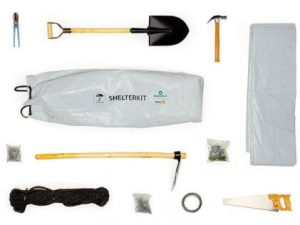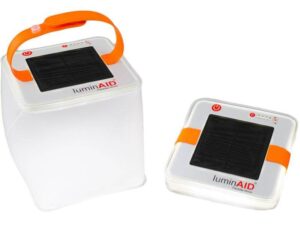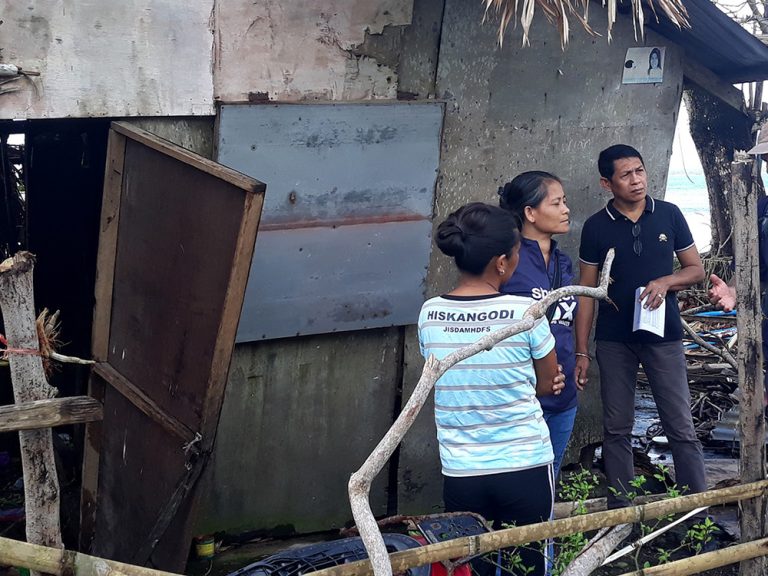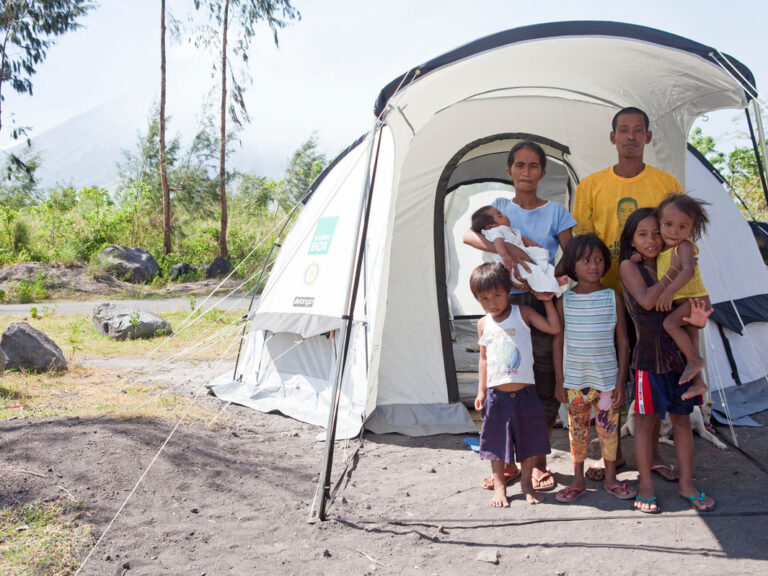What Happened?
In early December Typhoon Kammuri, known locally as Typhoon Tisoy, hit land four times in the Philippines. Communities were severely affected across Northern Samar.
The typhoon was a category 3 storm, with wind speeds of up to 204 km/h. Kammuri brought devastation in the form of heavy rains, strong winds, and powerful storm surges.
Coastal communities were badly affected, with many homes washed out to sea. Beaches were covered in the debris of destroyed homes. Electricity was wiped out, roads were washed away and scores of fishing boats, the main source of livelihoods, were smashed apart.
How did ShelterBox Help?
Families urgently needed basic household items and emergency shelter. Many houses were made from light or salvaged materials, which made them extremely vulnerable to the strength of the typhoon.
Working through our Philippines office, we worked closely with the local government to identify the communities who were affected the most. We also worked closely with Rotary clubs in the country and the Department of Social Welfare and Development (DSWD).
We supported over 2,500 families across five communities with aid packages of shelter and household items tailored to the individual needs of each community.
Families received shelter kits and household items like blankets and solar lights to help them recover. Some communities also received tarpaulins and rope, as well as Corrugated Galvanised Iron to help them rebuild their damaged homes.

Toolkits
A selection of hardwearing tools and materials as well as rope and nails.

Solar lights
These lights enable families to cook meals and children to finish their homework when it gets dark.

Blankets
These not only provide vital warmth, but comfort, too, when families are recovering from disaster.



